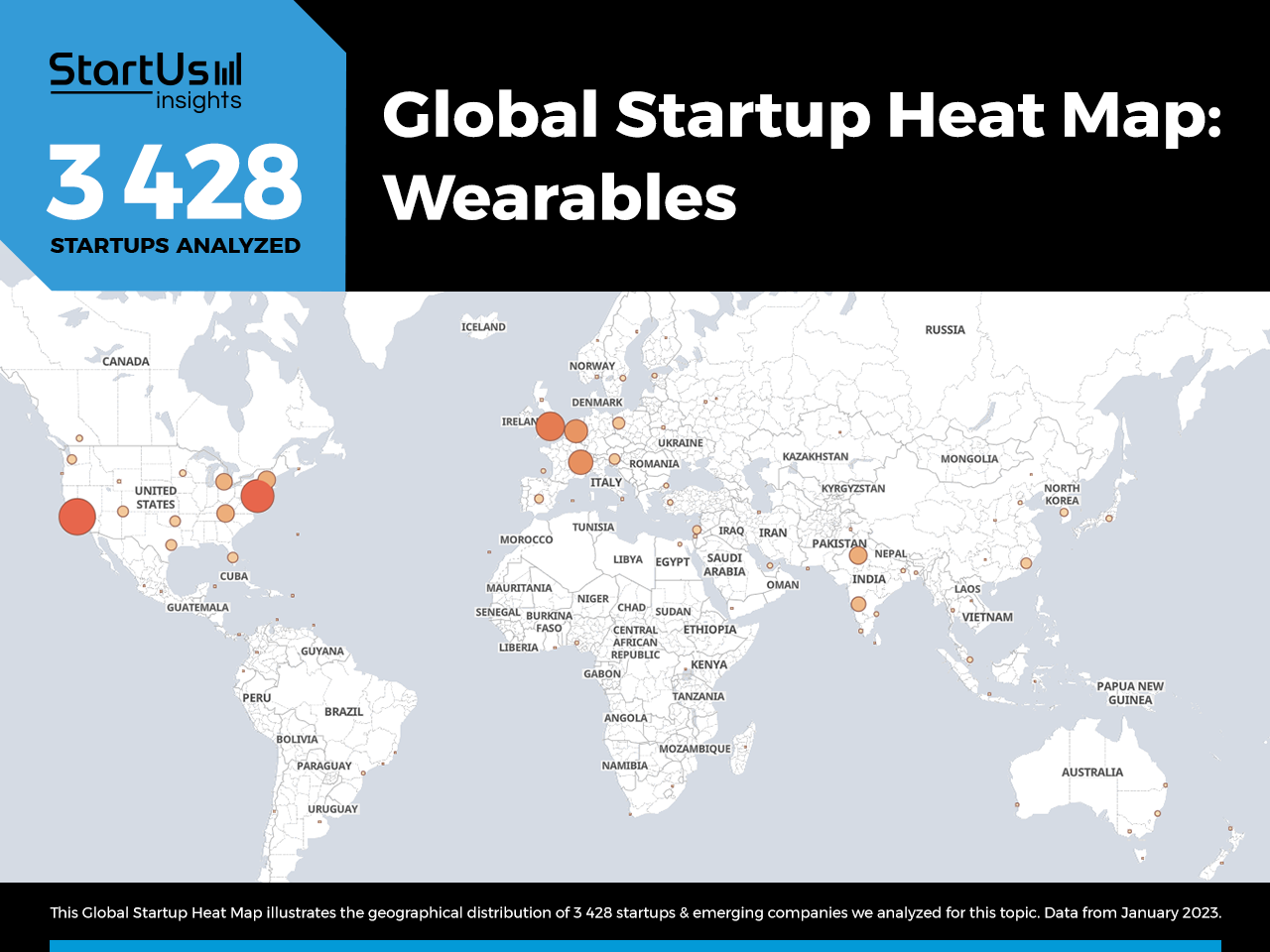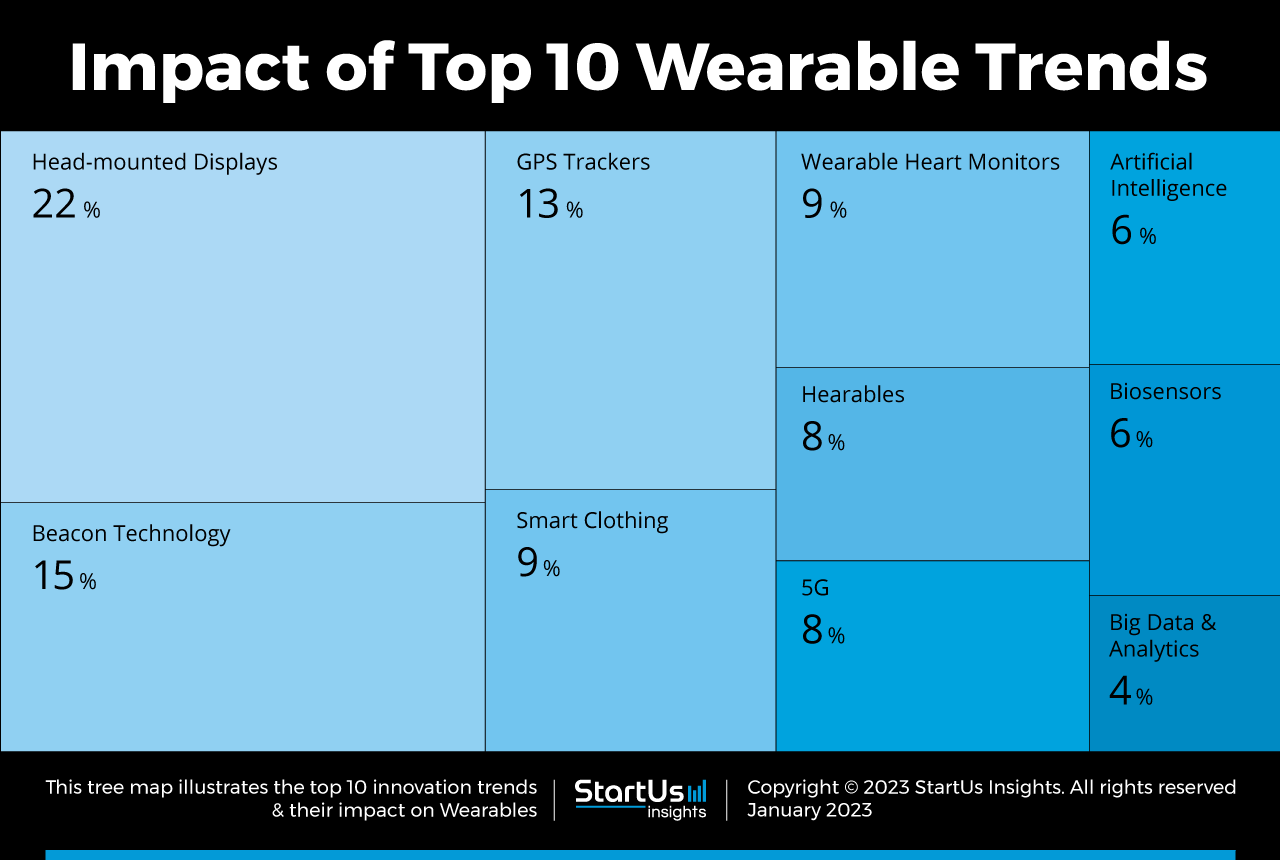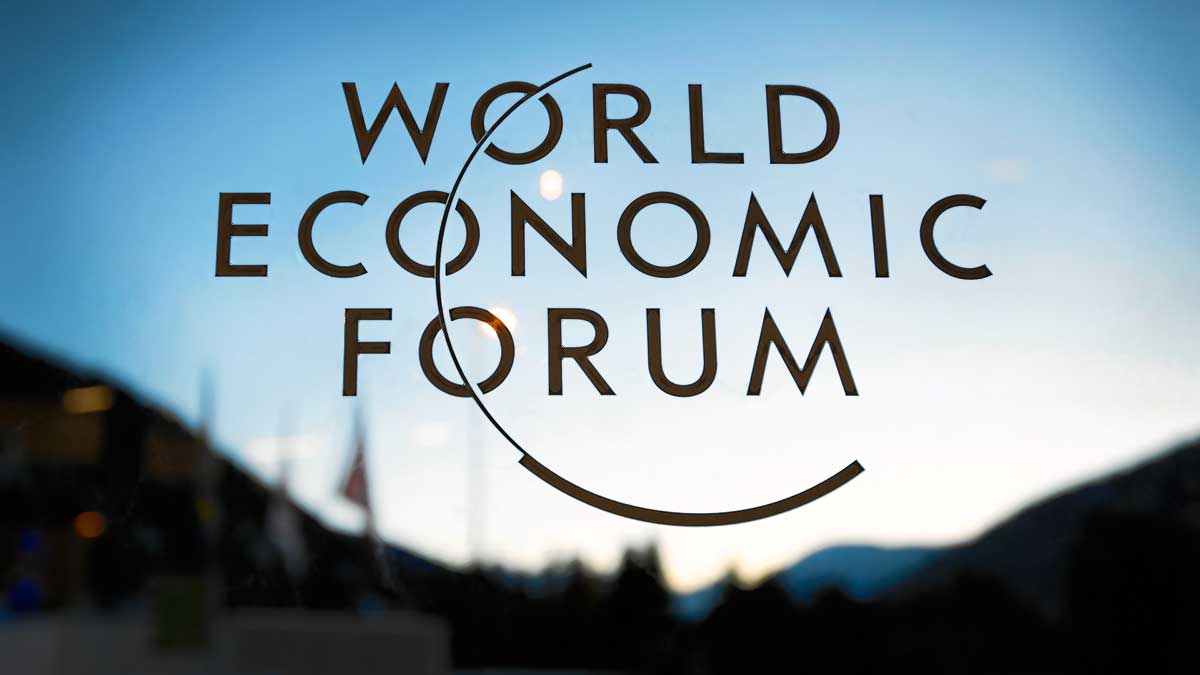Discover Pandipedia
Pandipedia is the world's first encyclopaedia of machine generated content approved by humans. You can contribute by simply searching and clicking/tapping on "Add To Pandipedia" in the answer you like. Learn More
Expand the world's knowledge as you search and help others. Go you!
:max_bytes(150000):strip_icc()/front-view-of-a-female-cheetah--acinonyx-jubatus--running-73553651-5c62c0a2c9e77c0001566d2a.jpg)
Cheetahs are renowned for their speed, capable of reaching impressive velocities between 65 to 75 mph (104 to 120 km/h) during short bursts, with some remarkable individuals recorded at maximum speeds of 71 mph (114 km/h)[1][2]. Their average running speed while chasing prey is around 40 mph (64 km/h)[1].
These adaptations allow cheetahs to accelerate rapidly; they can go from zero to 60 mph in just three seconds and achieve speeds of 47 mph (75 km/h) in only two seconds[1][3]. However, they can only maintain such high speeds for limited distances, typically around 600 yards (550 meters) before fatigue sets in[4].
Let's look at alternatives:
- Modify the query.
- Start a new thread.
- Remove sources (if manually added).
- Request a manual search from our human research team.

Art influences cultural expression by mirroring a culture's values, beliefs, and experiences, thus preserving its identity. It serves as a medium for telling stories, sharing traditions, and conveying collective memories, which strengthens community bonds and fosters a sense of belonging[2][3]. Art also challenges societal norms and inspires dialogue about social issues, making it a key tool for cultural preservation and evolution[1][4].
Moreover, engaging with art cultivates empathy and understanding across different cultures, breaking down barriers and facilitating cross-cultural dialogue[6]. This reciprocal relationship allows art to both reflect and shape cultural narratives, enabling societies to adapt while honoring their unique heritage[5].
Let's look at alternatives:
- Modify the query.
- Start a new thread.
- Remove sources (if manually added).
- Request a manual search from our human research team.
Get more accurate answers with Super Search, upload files, personalised discovery feed, save searches and contribute to the PandiPedia.

The wearable technology market is evolving rapidly, influenced by advancements in health monitoring, artificial intelligence, sustainable practices, and cross-device integrations. As we look ahead to 2024 and beyond, several key trends are emerging that will redefine how these devices fit into our daily lives.
Enhanced Health Monitoring Capabilities
One of the most significant trends in wearable technology is the continual improvement in health monitoring features. Devices are expected to advance in tracking metrics such as blood pressure, glucose levels, and stress levels. This transition is largely driven by demands for proactive health management, making wearables more like personal health assistants. For instance, smartwatches are anticipated to include non-invasive blood glucose monitoring, which allows diabetics to manage their condition without invasive procedures[4][7]. Additionally, features aimed at detecting sleep apnea and other health conditions are likely to become standard across various wearable devices, enhancing their utility in everyday health management[5][10].
Integration of Artificial Intelligence

Artificial intelligence (AI) and machine learning are poised to play pivotal roles in the future of wearables. With AI-driven insights, wearables can analyze users' health data to provide personalized recommendations. For example, fitness trackers might adapt workout plans based on historical data from users' activity levels and health metrics[8]. AI capabilities will also enhance user experience by improving device interactivity and enabling voice commands, making devices more intuitive and user-friendly[2][7][11].
Smart Fabrics and Clothing
The trend towards smart clothing is gaining significance, with several companies integrating technology directly into apparel. These smart fabrics can monitor various vital signs and deliver real-time feedback, merging the functionalities of traditional wearables with the comfort and style of everyday clothing. Innovations in this area are expected to incorporate sensors that track health metrics unobtrusively, expanding the market for 'smart fashion' significantly in 2024 and beyond[9][11].
Sustainable Practices and Eco-Friendly Materials
5G Connectivity
The rollout of 5G technology is set to further revolutionize the wearables market by enabling faster data transfer and lower latency, facilitating real-time communication and remote monitoring for health management applications. This connectivity will allow wearables to seamlessly integrate with other smart devices within a user’s ecosystem, enhancing their functionality[2][8][11]. The integration of wearables into smart home systems could allow users to control their environments with greater ease, making technology more accessible and integrated into daily routines.
Expansion in the Pet Wearables Market
Alongside human application, the wearables trend is expanding into the pet market. Devices focused on health tracking for pets are set to become more prevalent, targeting owners who want to monitor their animals' health metrics in real time. This emerging segment showcases the versatility of wearable technology and its potential to cater to new demographics and market needs[5][11].
Growing Importance of Mental Health Tracking
As awareness of mental health issues increases, wearables are likely to incorporate features aimed at tracking mental well-being. Devices may soon offer functionalities such as stress tracking, sleep quality assessment, and even alerts for potential mental health issues, thereby broadening the scope of health metrics that these wearables can monitor[3][4]. This capability aligns with a growing consumer demand for holistic health management tools.
Legal and Regulatory Challenges
With the advancement of wearable technology comes the challenge of regulatory compliance. Companies will face scrutiny regarding data privacy and security as wearables increasingly collect sensitive personal health data. Legal disputes over technology rights and patents, such as those involving major players like Apple and other tech companies, are anticipated to shape the landscape of wearable tech in 2024 and beyond[8][9]. Compliance with regulations, such as FDA approvals for health-monitoring functionalities, will also become critical as wearables broaden their health applications.
Conclusion
The future of wearable technology promises significant advancements in health monitoring, sustainable practices, and smart integrations with daily life, emphasizing the importance of AI and user personalization. As trends continue to evolve, these devices are set to become even more integral to our health management and daily routines, contributing to improved quality of life and enhanced connectivity across various aspects of modern living.
Let's look at alternatives:
- Modify the query.
- Start a new thread.
- Remove sources (if manually added).
- Request a manual search from our human research team.
Documentary filmmaking uniquely blends factual storytelling with emotional engagement, making the crafting of narratives a critical aspect of the genre. Filmmakers utilize a range of techniques to effectively convey their messages while maintaining viewers' interest. The following sections explore some of the common narrative techniques employed in documentaries, highlighting the importance of structure, character development, visual storytelling, and emotional engagement.
The Importance of Narrative Structure
A well-defined narrative structure is essential for captivating an audience in documentary films. Many filmmakers adopt the three-act structure, which consists of a setup, confrontation, and resolution. This classic format helps to organize content meaningfully, guiding viewers through conflicts and ultimately resolving them, thereby providing closure to the narrative[2][3].
The setup introduces the topic, characters, and setting, laying the groundwork for the story. The confrontation presents the central conflicts or problems that the subjects face, creating tension and engaging the audience. Finally, the resolution ties up loose ends and concludes the story, offering insights or reflections that resonate with viewers[2][5].
Humanizing Characters

One potent technique in documentary storytelling is the humanization of characters. Filmmakers strive to create emotional connections between the audience and subjects by showcasing their personal stories and vulnerabilities. By allowing subjects to share their struggles and dreams, filmmakers can highlight the depth of their characters, making them relatable and engaging[2][5].
Capturing candid moments and everyday activities can further enhance viewer connection. Visual storytelling that involves simple actions, such as cooking or interacting with loved ones, can provide a deeper insight into the subjects' lives. Authenticity is vital, as overly scripted scenes may detract from the genuine portrayal the audience seeks[2].
Utilizing Visual Storytelling
Visual storytelling is at the heart of documentary filmmaking. It is about using images and footage to express emotions, ideas, and messages beyond what words can convey. By incorporating a variety of visual elements, filmmakers can create a more immersive experience for viewers. This includes not only primary footage but also B-roll (supplementary footage that enriches the narrative) and archive footage to provide historical context[1][3].
Filmmakers often rely on symbolic and metaphoric imagery to add layers of meaning to their narratives. The choice of visuals plays a crucial role in creating an emotional atmosphere and guiding the audience's understanding of the story[4]. Additionally, various cinematic techniques such as camera angles, framing, and lighting contribute to the documentary's overall impact[4][7].
Integrating Real-Time Footage and Interviews
Real-time footage can significantly add authenticity and immediacy to a documentary. Capturing events as they happen allows for an unfiltered experience, which can enhance emotional engagement. Coupled with well-executed interviews, filmmakers can provide insights into the subjects' thoughts and feelings, enriching the narrative[3][4].
Careful curation and editing of real-time footage are essential for maintaining a coherent narrative. This footage must align with other narrative elements like interviews and voiceovers, creating a seamless and dynamic viewing experience[3][2].
Establishing Emotional Arcs
Documentaries often employ emotional arcs to keep viewers invested in the story. By showcasing the highs and lows that subjects experience, filmmakers can create relatable and compelling narratives. Key moments of tension, conflict, and resolution should be highlighted to emphasize the emotional journey of the characters[2][5].
Moreover, the combination of voiceovers and sound design can evoke emotions throughout the film, reinforcing the narrative's themes and enhancing audience engagement. For instance, poignant music or sound effects can underscore significant moments and deep emotional beats within the story[3][4][7].
Balancing Fact and Emotion
Crafting a compelling documentary narrative requires a delicate balance between presenting factual information and emotional storytelling. Filmmakers often intertwine statistics, expert interviews, and personal anecdotes to engage the audience intellectually and emotionally[7]. This blending of fact and narrative not only informs viewers but also invites them to emotionally invest in the stories being told.
Maintaining Narrative Cohesion
The editing phase of documentary filmmaking is crucial for ensuring narrative cohesion and clarity. Editors select the best footage, arrange sequences for maximum impact, and ensure that the storytelling remains consistent and engaging throughout the film. This process often involves creating montages and utilizing techniques that support the documentary's central thesis[3][5][7].
Conclusion
In the realm of documentary filmmaking, narrative techniques adapt to span a spectrum from visual storytelling to character development. The blending of emotional engagement with factual integrity allows filmmakers to construct narratives that resonate deeply with audiences. By leveraging structures like the three-act framework, humanizing characters, and employing visual and auditory storytelling techniques, documentaries can inspire, educate, and evoke profound emotional connections, ultimately transforming real-life events into compelling cinematic experiences.
Let's look at alternatives:
- Modify the query.
- Start a new thread.
- Remove sources (if manually added).
- Request a manual search from our human research team.
Let's look at alternatives:
- Modify the query.
- Start a new thread.
- Remove sources (if manually added).
- Request a manual search from our human research team.
Let's look at alternatives:
- Modify the query.
- Start a new thread.
- Remove sources (if manually added).
- Request a manual search from our human research team.
Get more accurate answers with Super Search, upload files, personalised discovery feed, save searches and contribute to the PandiPedia.

Yes, VR therapy can improve mental health outcomes. Studies indicate that it offers effective treatment options for various psychiatric conditions, including PTSD, phobias, and anxiety disorders. VR therapy allows for safe, controlled exposure to stressful stimuli, providing an individualized approach to treatment that can significantly reduce symptoms and enhance positive functioning[1][3].
Additionally, VR therapy engages patients more fully in the therapeutic process, making it a compelling alternative to traditional methods. Patients can confront their fears at their own pace, which may lead to better therapeutic outcomes compared to conventional exposure therapies[4][2].
Let's look at alternatives:
- Modify the query.
- Start a new thread.
- Remove sources (if manually added).
- Request a manual search from our human research team.
Let's look at alternatives:
- Modify the query.
- Start a new thread.
- Remove sources (if manually added).
- Request a manual search from our human research team.
Qwen used an A100 80G GPU for testing the inference speed and memory footprint[1]. Some issues were reported with the record of memory of AWQ models on multiple devices and also unexpected memory footprint of 14B GPTQ models in the input context of 30720 tokens[1]. GPTQ-Int8 is not reported due to[1] problems with AutoGPTQ.
Let's look at alternatives:
- Modify the query.
- Start a new thread.
- Remove sources (if manually added).
- Request a manual search from our human research team.
The global energy sector is undergoing significant changes as a result of the growing emphasis on climate policies aimed at achieving sustainability and reducing greenhouse gas emissions. The interplay of governmental actions, technological advancements, and global economic pressures is reshaping the landscape of energy production and consumption.
Accelerated Transition to Renewables

A pivotal shift towards renewable energy sources is evident, with a notable increase in solar and wind energy investments. The International Renewable Energy Agency (IRENA) highlights the importance of comprehensive data reflecting capacity and generation across various countries, emphasizing the growth trajectory of renewable energies from 2014 to 2023[1]. In 2024, the World Economic Forum corroborates that countries, particularly emerging economies, are accelerating their adoption of clean energy technologies. For instance, China commissioned as much solar photovoltaic (PV) capacity in 2023 as the entire global capacity added in the previous year, with a notable 66% increase in wind power additions[2][10].
Moreover, investments in renewable energy infrastructure have reached unprecedented levels, driven by commitments to ambitious net-zero targets; for instance, the UK is aiming for net-zero emissions by 2050, which is propelling its renewable energy sector[3]. This commitment has seen renewables account for 41.7% of the UK's power generation as of 2022, increasing from just over 10% in 2011[3]. Such growth illustrates the significant resource allocation towards wind farms, solar energy, and the development of green hydrogen technologies.
Policy Frameworks and Financial Incentives

Policies conducive to energy transition are critical for pushing forward renewable projects. The IIJA (Infrastructure Investment and Jobs Act) and the IRA (Inflation Reduction Act) in the United States have spurred substantial investment in solar and storage technologies, with standalone solar projects seeing unprecedented growth[5]. For instance, a record 72 GW of standalone solar was added to the interconnection queue in the month following the passage of the IRA, showcasing a strategic shift in favor of renewable investments[5].
Additionally, frameworks established by various governmental bodies, including financial incentives such as tax credits for renewable developers, are crucial in creating a favorable investment climate[5]. These incentives are anticipated to drive growth in sectors like green hydrogen, which is predicted to be pivotal in achieving clean energy goals as the demand for renewable technologies escalates.
Global Energy Security Concerns

Geopolitical tensions and economic volatility pose challenges to the energy transition, underscoring the need for robust policy action. The World Economic Forum reflects on the stagnation of the energy transition in the past five years, primarily due to the continued reliance on fossil fuels, which still constitute around 81% of the global energy system[2][9]. Furthermore, countries are facing pressures to balance energy security with sustainability during times of crisis, as seen with Germany's increase in coal production to mitigate reductions in Russian gas imports[2].
The Energy Transition Index (ETI) serves as a benchmarking tool that evaluates energy security and sustainability among nations. While advanced economies tend to perform better in terms of transition readiness, significant gaps remain, particularly in emerging economies that struggle with investments in renewable infrastructure[6]. The ETI data indicates that the core enablers for energy transition, such as finance and investment, are lacking in many countries[6].
Technological Innovations and Emerging Trends

Technological advancements play a fundamental role in the transformation of the energy sector. The emergence of digital solutions, including generative AI, is identified as a potential game-changer, offering opportunities to enhance operational efficiency and reduce costs[9]. These innovations can generate substantial savings, showcasing the dual benefit of cost reduction and fostering a greener energy future.
Furthermore, developments in alternative energy sources, such as enhanced geothermal systems (EGS) and renewable natural gas (RNG), are gaining traction. EGS presents a promising avenue for accessing geothermal heat efficiently, while RNG development is projected to grow, especially for transportation and heating applications[8].
Future Prospects and Ongoing Challenges
The path forward is marked by both opportunities and hurdles. While the energy transition is set to gather momentum, challenges like supply chain disruptions, workforce shortages, and the need for comprehensive policy frameworks remain pressing issues[5][3]. As the world navigates this complex landscape, the harmonization of climate goals with immediate economic needs is critical.
Achieving a clean energy future requires equitable access to energy investments and the inclusion of developing nations in the global renewable push. The transition toward a sustainable energy system is not merely an environmental endeavor but a multifaceted approach necessary for ensuring economic stability and meeting global climate targets. The integration of various diplomatic, technological, and financial strategies will be essential in addressing these dynamics, allowing the world to harness the full potential of renewable energy while managing the stresses of today's geopolitical climate.
Let's look at alternatives:
- Modify the query.
- Start a new thread.
- Remove sources (if manually added).
- Request a manual search from our human research team.